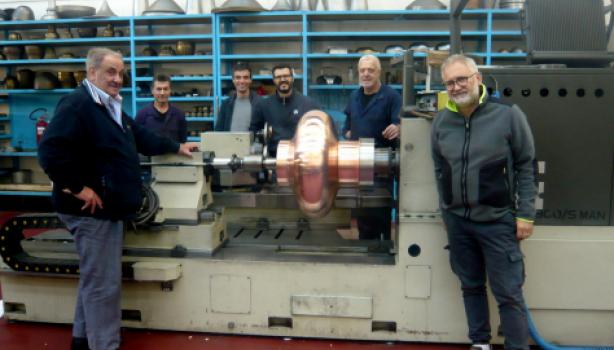ARIES offers the opportunity to conduct testing at 14 European research facilities to project members through its Transnational Access programme at no cost to the user. The facilities from 5 different countries, provide equipment and administrative support in 5 separate domains: magnet testing, material testing, electron and proton beam testing, radiofrequency testing and plasma beam testing.
Who can apply? Access can be provided to selected teams composed of one or more researchers led by a User Group Leader. Leaders and the majority of users in the group must work in a country other than where the selected installation is located, except when accessing an international organisation or remotely accessing a facility.

Wondering which kind of equipment and infrastructures are available? All the details are on the ARIES website for you to find the best suited option for your research. You will be then invited to contact the facility coordinator of the chosen installation prior to completing a formal application and submit it to ARIES-TA@cern.ch. CERN, University of Uppsala, GSI, KIT, CEA, DESY, STFC, CNRS and University of Lund will provide you with further information on the feasibility of your project.
All the projects carried on through the programme must disseminate the results acknowledging the ARIES project.





